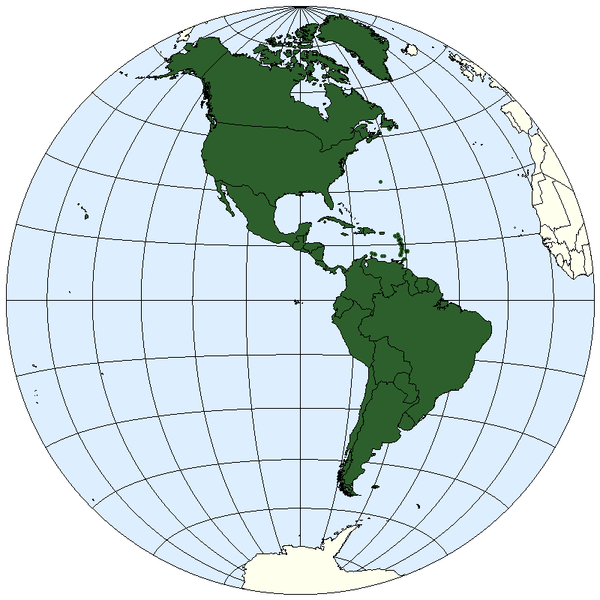After recording 2,386,836 dengue fever cases in 2013, the nations of the Western hemisphere have seen a significant decrease in cases of the mosquito borne disease with five epidemiological weeks left in 2014, according to Pan American Health Organization (PAHO) data released Monday.
After 47 weeks in 2014, the PAHO is reporting 1,081,067 dengue cases in the Americas, or less than half the cases seen in the whole of 2013.
Brazil has seen a dramatic difference in cases where in 2013, the South American country recorded 1,468,873. Thus far this year, Brazil has only seen 547,612 cases.
In addition to the total number of cases, the number of fatalities are also reduced significantly, from 1,318 deaths in 2013 to 624 deaths so far in 2014. Severe dengue is also down dramatically, from 37,903 last year to 14,316 in 2014 with five weeks left.
The number of dengue cases in the Americas is only slightly higher than the number of chikungunya cases reported during the same period.
Dengue is an infectious disease caused by the dengue virus (DENV). There are 4 serotypes called DENV-1, DENV-2, DENV-3 and DENV-4. Infection with one serotype produces lifelong immunity against that serotype reinfection. Successive infection with two different serotypes is a risk factor for developing the severe forms of the disease.
All serotypes have been isolated in the Americas. In several countries they circulate simultaneously, creating a serious risk for an epidemic.
The Aedes aegypti and Aedes albopictus mosquitoes are transmitters of dengue. The Aedes aegypti female mosquitos are the main source of dengue transmission. These species bite during the day, with the most active feeding period 2 hours before and after dawn and dusk.

Public domain image/ E Pluribus Anthony


5 thoughts on “Dengue cases, deaths down big in the Americas in 2014”